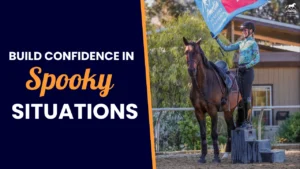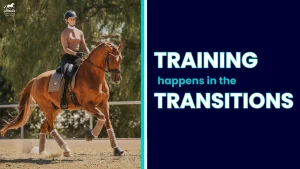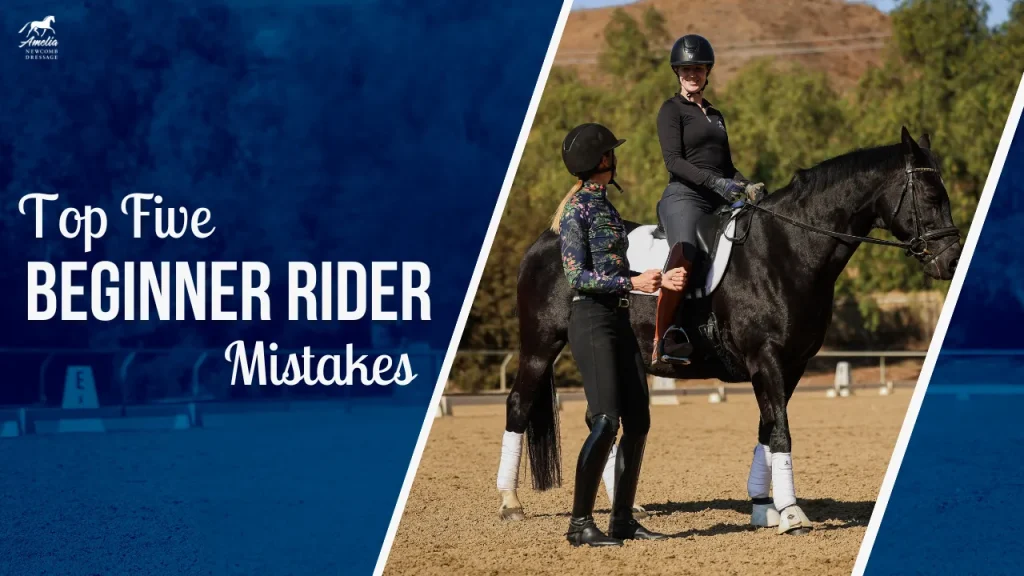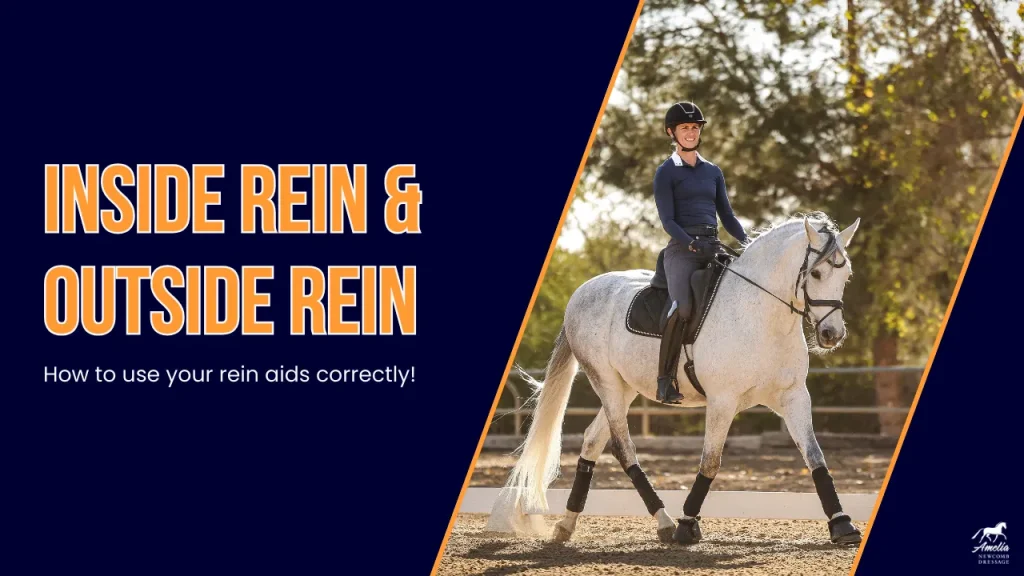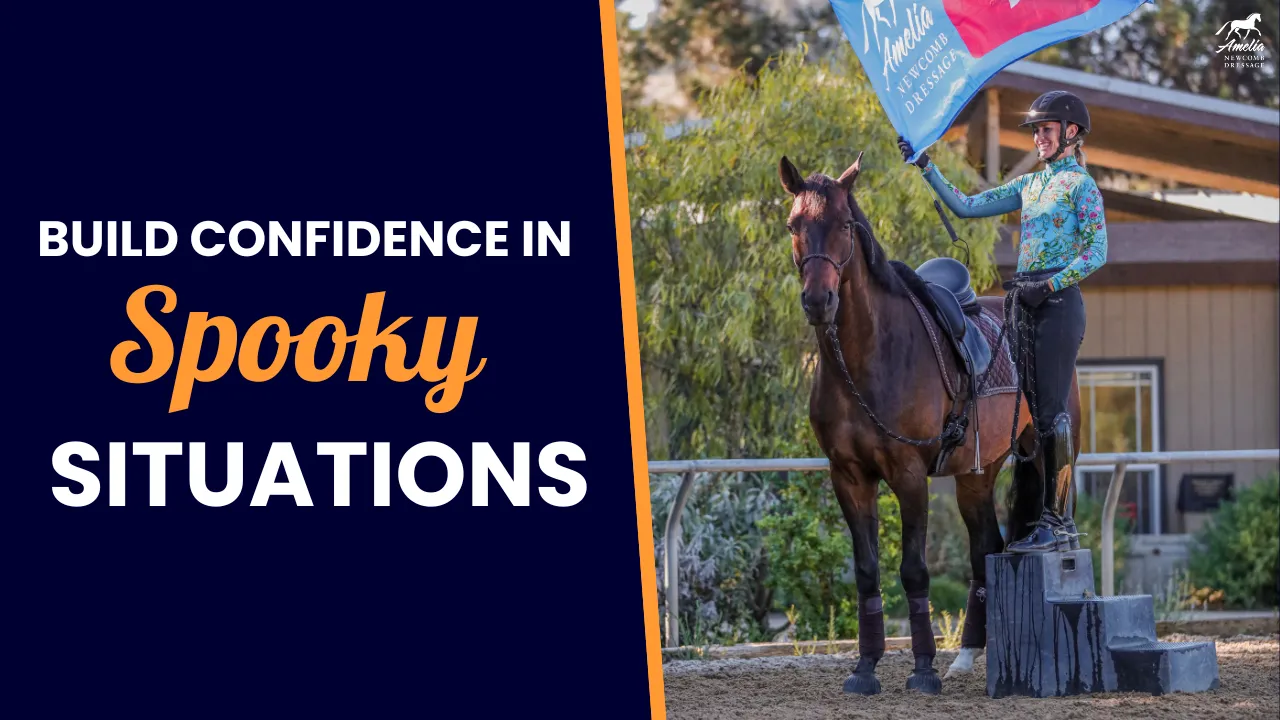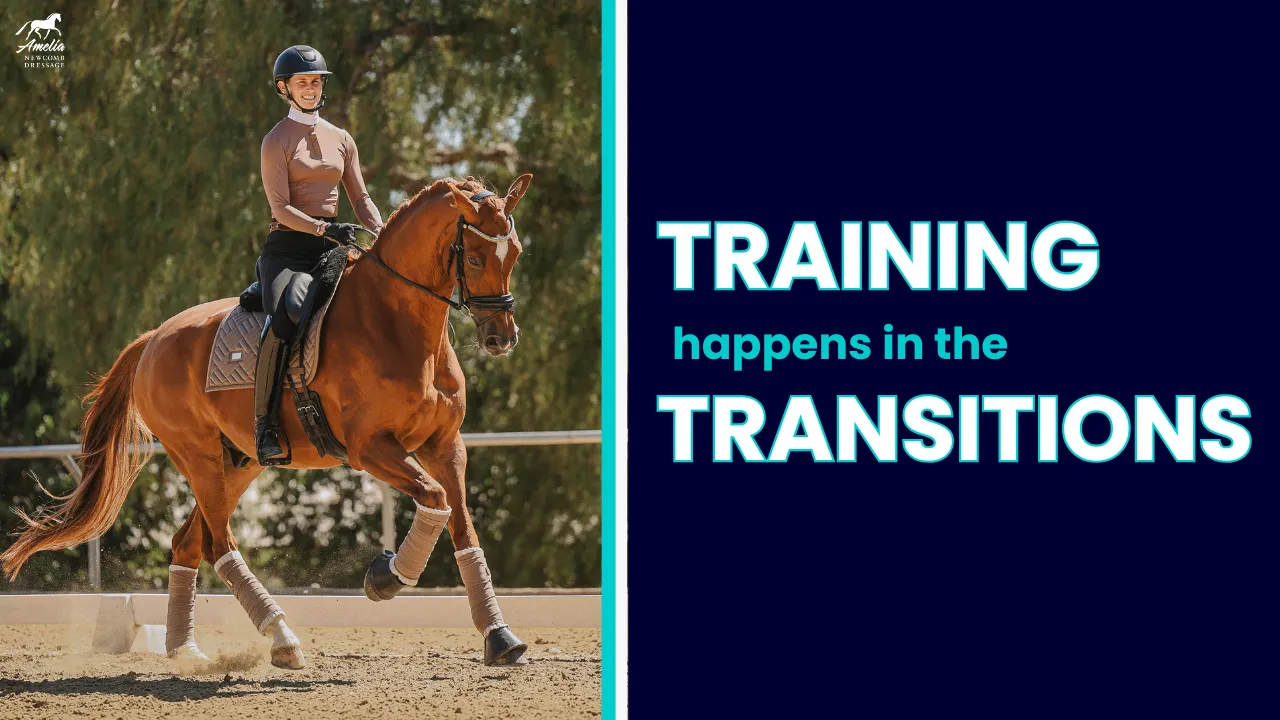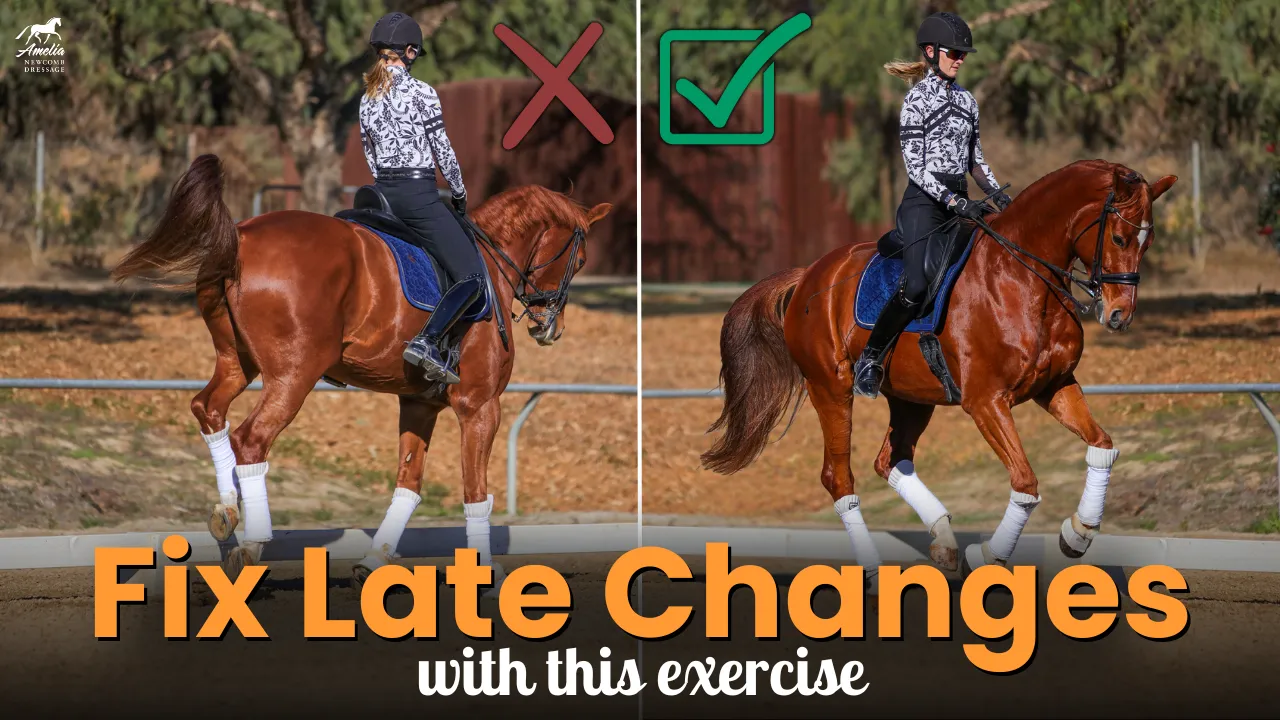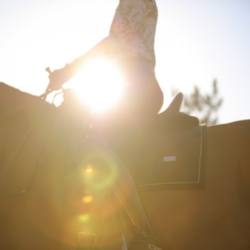As riders, once we get past the basics, we start to hearing over and over again “inside leg, outside rein.”!! The idea is that eventually, as you train dressage, the inside rein will become less of a crutch and the horse will learn to manoeuvre from the inside leg and outside rein aids.
But if this concept is new to you, do you think you can turn without the inside rein, and do you know why we should be doing it this way? (Confession: When i learnt, I couldn’t do it, and i didn’t understand why i needed to!)
To help you us grasp this kinda tricky concept, this week’s archive video goes into the details to show you exactly why the inside rein is almost the LAST aid you need to use to turn in that direction!
One of the main objectives of Dressage is to get the horse to be more uphill. Naturally horses carry the majority of their weight on the forehand but in dressage we want them to transfer the weight to the hind end for the advanced movements such as the pirouettes and piaffe!
Using the diagonal of inside leg and outside rein helps to get the horse uphill. When the rider applies the inside leg, they drive the energy of the horses’ inside hind leg up and into the outside rein. Engaging the inside hind leg from the rider’s inside leg and containing the energy in the outside rein will get the horse more uphill.
Pulling on the inside rein has the opposite effect. The inside rein will cause the horse to over bend in the neck, fall out with the outside shoulder and lose the alignment through the body. Turning or attempting to execute any movement only from the inside rein will make the horse downhill instead of uphill.
Instinctively, we all want to pull on the inside rein to turn, however we must train ourselves (and our horses) to turn from the outside rein and leg. While the inside rein indicates flexion, the outside rein and leg execute the turn!
Watch this video where I demonstrate the right and wrong way to turn, and see the difference in Mercurio both ways!
Thanks for watching and happy riding!
Amelia

